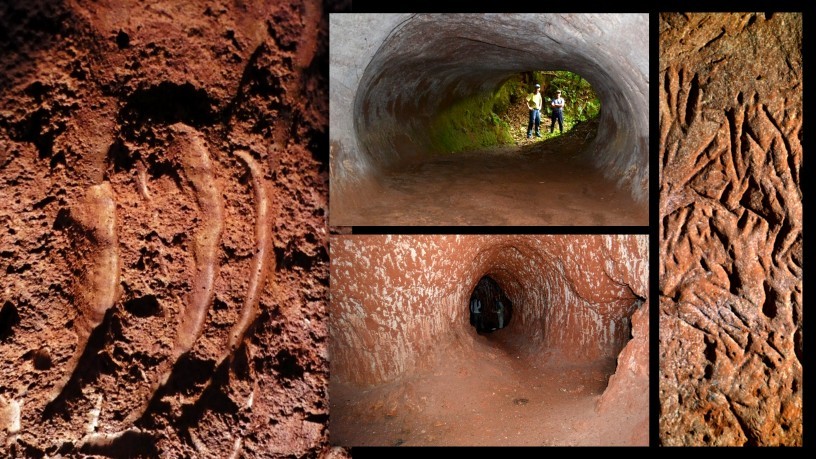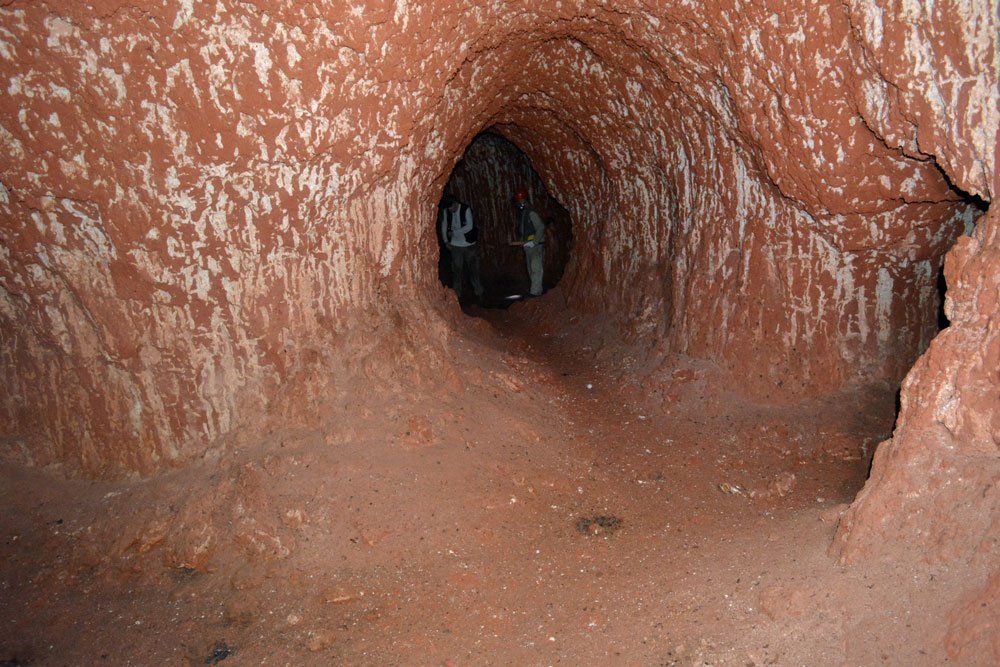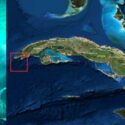The Ancient Giants Who Created The “Huge Cave Networks” In South America
When geologist Amilcar Adamy of the Brazilian Geological Survey went to examine rumors of a strange cave in the state of Rondonia, in Brazil’s northwestern region, he discovered the existence of many giant burrows.
Indeed, experts have uncovered other comparable enormous burrows around South America that are so large and well-constructed that you’d be excused for believing people built them as a conduit through the jungle in ancient times.

They are, however, significantly more ancient than they appear, dating back at least 8,000 to 10,000 years, and no known geologic mechanism can explain them. Then there are the gigantic claw marks that run the walls and ceilings; it’s now assumed that at least some of these so-called palaeoburrows are the work of an extinct species of giant ground sloth.
Researchers have known about these tunnels since at least the 1930s, but they were thought to be some archaeological building, maybe the remains of caverns cut out by our ancient ancestors.
The cave system at Rondonia was massive, and it is still the most extensively known palaeoburrow in the Amazon, double the size of Brazil’s second-largest palaeoburrow.

There are already over 1,500 documented palaeoburrows in southern and southeastern Brazil alone. They appear to be of two types: smaller ones that may stretch up to 1.5 meters in diameter and larger ones that can stretch up to 2 meters in height and 4 meters in breadth.
The peculiar grooves in the ancient granite, basalt, and sandstone surfaces, which he’s characterized as the claw prints of a giant, old beast, provided experts with their first substantial indication about what may be behind their formation.

Most are made up of long, shallow grooves that run parallel and appear to be created by two or three claws. These grooves are typically smooth, although some are uneven and may have been caused by broken nails.
The finding resolved paleontology’s long-standing puzzles concerning the prehistoric megafauna that roamed the earth between 2.5 million and 11,700 years ago: What happened to all the caves?
Researchers are now sure that they have discovered the megafauna burrows and have limited the owners down to enormous ground sloths and giant armadillos based on the size of the buildings and the claw marks left on their walls.

There is no geological mechanism in the world, they claim, that builds lengthy tunnels with round or elliptical cross-sections that branch and rise and fall, with claw marks on the walls.
The following is a visual representation of how the various tunnel sizes correspond to known species of ancient armadillos and sloths:
The researchers believe the largest palaeoburrows were excavated by extinct Lestodon ground sloths from South America.



